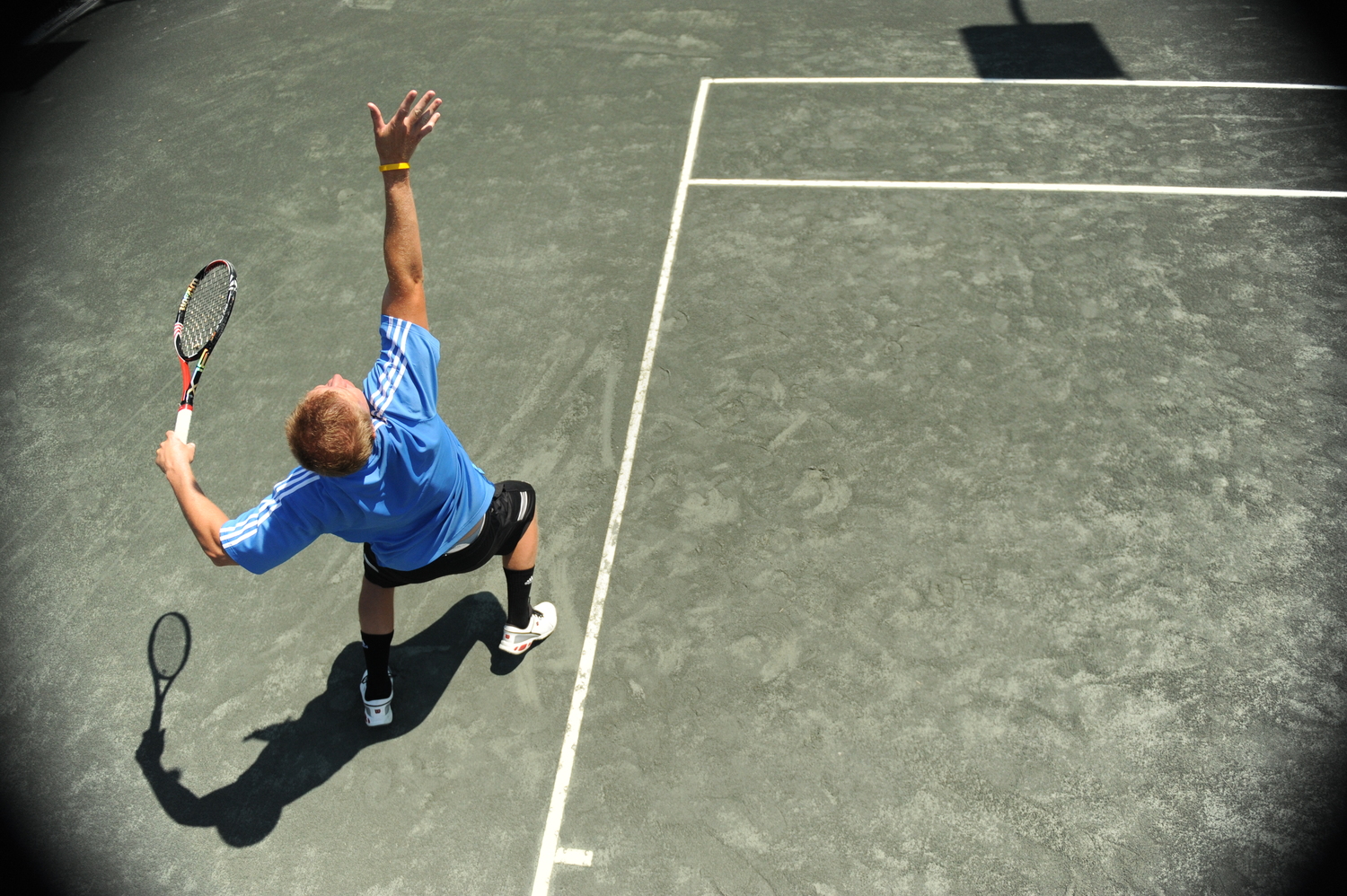The Gaz de France Grand Prix, held in the heart of Paris, is more than just a prestigious women’s tennis tournament – it’s a stage where the dynamics of various playing surfaces come to life. The tournament’s courts transition from clay to grass to hardcourt, each surface offering its own unique challenges and showcasing the adaptability of the players. The surface dynamics at the Gaz de France Grand Prix provide a fascinating insight into how tennis strategy and performance evolve across different terrains.

Clay: The Red Battle Grounds
Clay courts have long been associated with endurance and finesse, demanding players to rely on their physical prowess and patience. The Gaz de France Grand Prix’s clay courts provide a setting where rallies can stretch on, allowing players to construct points with topspin-heavy shots and defensive skills. The red clay not only slows down the pace of the game but also requires players to slide into their shots, adding an element of agility and quick thinking.
Players who excel on clay are often those with strong defensive skills, impeccable footwork, and the ability to craft intricate points. Matches on clay at the Gaz de France Grand Prix unfold as captivating chess matches, where players strategize to exploit their opponents’ weaknesses and capitalize on every opportunity.
Grass: The Swift Elegance
Transitioning from clay to grass, the Gaz de France Grand Prix introduces a completely different playing surface – one that is faster, slicker, and requires players to adapt quickly. Grass courts favor aggressive players with powerful serves and volleys, as points can be won or lost within a few shots. The surface rewards quick reflexes, precision, and the ability to adjust to the unpredictable bounces.
The grass courts at the Gaz de France Grand Prix transform the game into a showcase of swift elegance. Players glide across the surface, sliding and charging forward in an intricate dance of finesse and power. Matches on grass often feature electrifying net play and rapid exchanges, making for thrilling spectacles that showcase the versatility of the athletes.

Hardcourt: The Neutral Arena
Hardcourts serve as the neutral ground between clay’s endurance and grass’s speed. At the Gaz de France Grand Prix, hardcourts provide a balanced platform where players can leverage both power and finesse. The surface allows for a wider range of playing styles, catering to those who can dictate points with aggressive play and those who can grind out rallies with consistent baseline strokes.
The hardcourts at the Gaz de France Grand Prix offer a canvas for players to paint their own styles of tennis. The surface rewards adaptability and strategic thinking, making it an intriguing battleground where players can showcase their all-around skills.
The Grand Prix’s Surface Journey
The surface dynamics at the Gaz de France Grand Prix embody the diversity and complexity of the sport itself. As the tournament progresses through clay, grass, and hardcourt, it provides players with the ultimate test of versatility and adaptability. The ability to excel on different surfaces speaks to the depth of a player’s skill set and their mastery of the game’s intricacies.
In conclusion, the Gaz de France Grand Prix isn’t just a tennis tournament; it’s a canvas upon which the artistry of the game is painted in various hues – the fiery intensity of clay, the swift elegance of grass, and the versatile balance of hardcourt. The tournament’s surface dynamics add layers of strategy, drama, and excitement to the sport, making each edition a journey through the diverse landscapes of tennis mastery.
